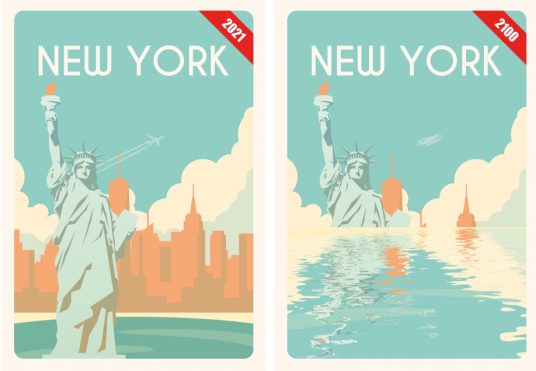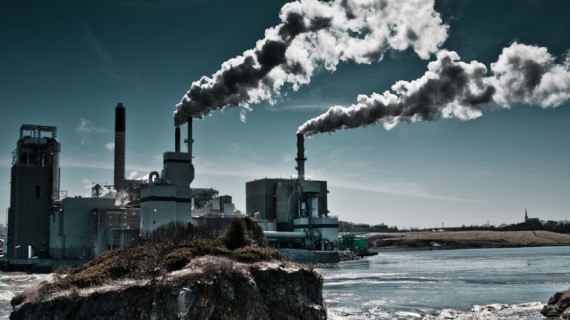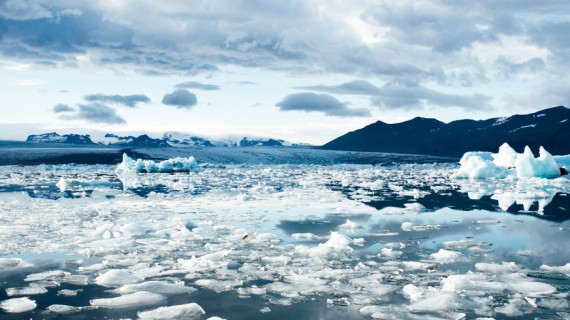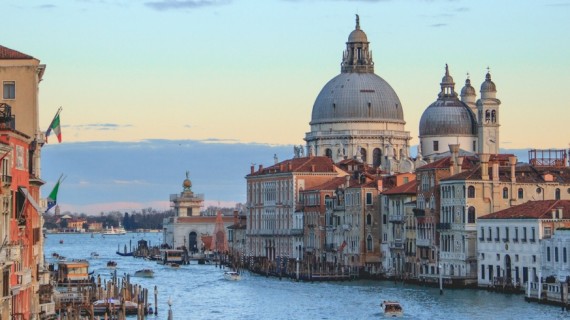This week it was announced that sea levels will rise an extra 25% on top of the IPCC’s original prediction of 0.43m to 0.84m, by 2100. A number of the places most at risk are some of the world’s most popular tourist destinations. Scientists, experts, and government officials have outlined the extreme risk of flooding in some of these places and that even some of these destinations could simply disappear. To put this into perspective, let’s find out how some of the world’s most popular holiday destinations could look by 2100 if sea levels continue to rise dramatically.
Venice

Often referred to as the ‘City of Water’, Venice could soon find itself rebranded to the ‘City underwater‘. In Venice, many have predicted the sea level to rise by 1.04m by 2100. Scientists also predict ‘The Floating City’ will be vulnerable to extreme flooding every five years by 2050, and every five months by 2100.
Maldives

With sea level predicted to rise by around 1 metre, several estimates that around 77% of the Maldives land area could be underwater by 2100. As well as severely affecting the livelihoods of many Maldivians, this would almost certainly wreak havoc with their tourism industry, no doubt submerging their iconic overwater bungalows, underwater.
New York

Currently containing the largest population living inside a floodplain, commentators suggest New York could potentially become an incredibly dangerous place to live, with sea levels predicted to rise by as much as six feet by 2100. Some estimate tens of thousands of people could become displaced, especially in low-lying parts of the city such as Brooklyn and Queens.
Hong Kong

Approximately 56 million tourists every year visit the bustling metropolis that is Hong Kong. However, it’s predicted the Asian city will face a sea-level rise of 0.6-1.3m rise by 2100. This increased likelihood of extreme flooding would have a devastating effect on its 8.4 million residents, who live in low-lying areas. The damages on the tourism industry and its notorious financial sector could be catastrophic.
Which tourist destinations are the most vulnerable to rising sea levels?

While the sea-level rise is likely to affect hundreds of millions of people throughout this century, certain tourist destinations are at serious risk of completely vanishing by 2100. In particular, the Small Island Developing States (Marshall Islands, Kiribati, Solomon Islands, Fiji, Tuvalu, Vanuatu Micronesia, Palau, Seychelles, Maldives, and others) are at serious risk of vanishing due to their low lying landscape. Already, the residents of these countries are having to consider their future homes, and further rising sea levels threaten to displace millions more.
Although other holidaying hotspots are unlikely to completely disappear, extreme flooding is likely to become a regular occurrence because of accelerated sea-level rise, caused by global warming. Specifically, in coastal areas such as Miami, Tokyo, Cape Town, Alexandria, Shanghai, and Hanoi, sea-levels are predicted to seriously impact residents, infrastructure, and their subsequent tourism industry. Similarly, in global cities such as London, Amsterdam, Buenos Aires, and New York, future visitors may have to take a ‘Red London boat’ to see Big Ben, or go by canal to the Empire State building.





